For the lights to come on every time we flick the switch, an entire electricity grid needs to be coordinated in a subtle balancing act, so that the energy produced at a given instant corresponds exactly to the consumption demand at that moment. But what happens if this generation is not constant over time, for example in the case of clean energies such as photovoltaic or wind power? Being able to store large amounts of energy at an affordable cost is one of the great challenges facing the sector in order to take full advantage of renewable energy sources.
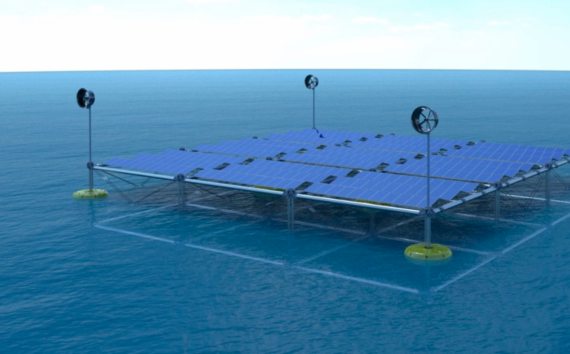
The wind does not always blow, nor is it always sunny, and the energy needs of consumers do not always correspond with the weather. To achieve a smooth integration of renewables into the grid, it is essential not to alter the functioning of the system. “A poorly managed imbalance can lead to power cuts and even breakdowns of the generating equipment and that of the customers,” says Ricardo Luis Guerrero, a member of one of the International Energy Agency’s expert panels on renewables.
Currently, this balance between supply and demand is usually obtained by combining renewable generation (wind and solar) with conventional generation, produced in hydroelectric or gas-fired power plants, whose sources normally guarantee more stable production cycles over time. Specialists such as those at the Electricity Control Centre (CECOEL) of Red Eléctrica de España—the sole operator and transporter in the Spanish electricity system—are dedicated to this delicate task. There, algorithms and control technologies of the power plants allow the generation and distribution of electricity to be monitored, avoiding mismatches with respect to demand. “We’ve been doing this for many years,” says Juan Bola, head of the renewable energy operating unit at this centre. “The energy transition we are going to undergo from now on is an additional challenge.” Added to this is a possible energy shortage caused by the recent international instability as a result of the war in Ukraine.
Energy storage of the future
The sector is looking for new formulas to integrate these clean sources, also with a view to the possibility of their accelerated growth causing production surpluses, according to the different experts consulted. One of the main lines followed, they agree, is the development of energy storage technologies.
“Some countries are now teaching us that they can rely 100 percent on renewables to obtain electricity for long periods of time,” says Kasper Moth-Poulsen of Chalmers University of Technology (Sweden). “Part of the challenge is to find storage solutions that are very high-performance (for air and ground transport) or very low-cost and scalable (heating applications).”
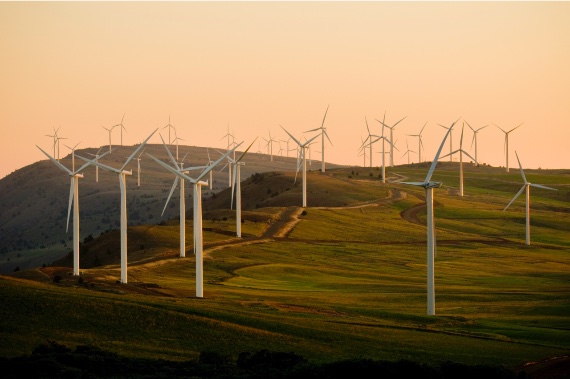
The real possibilities are numerous, adds environmental engineer Mark Z. Jacobson of Stanford University (California, USA). To store electricity, there are options such as pumping stations (hydroelectric plants connected to renewable energy facilities that feed off the excess production of the latter and, in exchange, intervene to compensate for moments of low generation), batteries, storage in the form of compressed air or solar thermal power plants, he explains.
There are also systems for storing heat and cold, such as water tanks (for both), ice storage (for cold), or underground thermal energy storage in wells and aquifers (used in some countries as a form of seasonal storage, for example in summer for later use in winter). Finally, Jacobson notes, there are tanks that permit the storage of hydrogen, identified by some—including the U.S. government—as one of the most promising technologies in this area.
How does one choose among so many alternatives? Moth-Poulsen believes that “it depends on the application and the geographical location.” There are countries, he explains, where differences in altitude and the high availability of water mean that solutions based on the combination with hydroelectric power “can work very efficiently.” In other cases, he contrasts, it may be better to apply thermal storage solutions. “In countries like Denmark, which has many challenges linked to heating, but also large areas that have district heating systems installed, large thermal heat storage pits are currently being implemented for seasonal storage.”
A question of economics
One of the main challenges to increasing the presence of these technologies is cost, admit the specialists consulted. Research groups such as the one led by Jessika Trancik at the Massachusetts Institute of Technology have among their main objectives to study how electricity produced from renewable sources can be economically competitive with that generated from conventional sources.
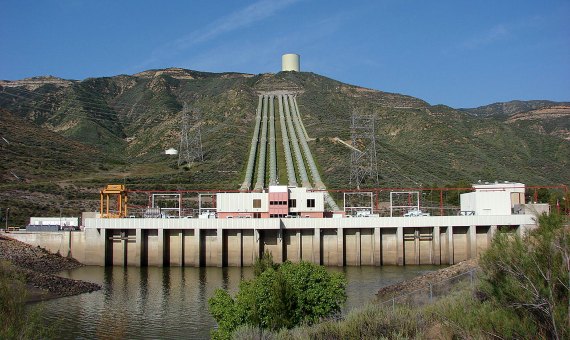
“Our results suggest that technologies whose energy storage costs fall below $20 per kilowatt-hour can be applied to renewables,” explain Trancik and Micah S. Ziegler, a member of her lab. Other factors limiting the production of energy that is price competitive and of good quality in terms of resources for storage technologies, they add, include both the “availability of materials” and their “productive scalability at speeds fast enough to support broad deployment over a given period of time.”
Specialists are reluctant to give specific time frames to see electrical systems powered by 100 percent clean energy, but they are willing to suggest a possible path forward. “Electrifying all energy sectors (heating and cooling of buildings, industry, vehicles) means significantly reducing energy demand, because we will use heat pumps and electric vehicles, which need a quarter of the energy required by their corresponding fossil fuels,” Jacobson maintains. “That way, it will be easier to match the energy demand to the supply.”
Networks with artificial intelligence
There are also alternatives to energy storage, such as so-called “demand response,” say Trancik and Ziegler. This involves the creation of networks managed by algorithms in which users play an active and collective role in maintaining the balance between demand and supply, because they can reduce their consumption at a specific moment if the system so requires. The aggregation of many of them at the same time allows large amounts of energy to be saved.
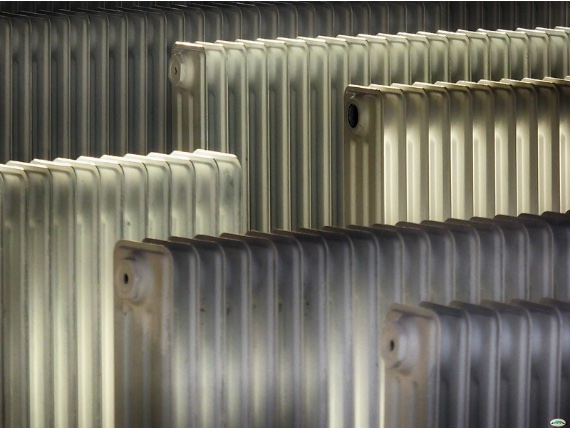
Programmes based on this idea have been running for decades in some countries such as the United States and the United Kingdom, explains Manuel Alcázar of the Polytechnic University of Valencia. But in almost all the countries of the EU until a few years ago, the existing regulations hindered their development. Now the rules have changed, and demand response can take off in these areas as well. “These programmes would greatly facilitate the integration of renewables into the system,” says Alcázar.
Storing energy at home
Beyond the current supply, countless research groups are working to find new energy storage systems that can meet future needs as the transition to renewable energy gains ground. One of the most widespread options is radiative cooling, which involves harnessing the heat emitted at night by surfaces heated during the day. While this sounds like a simple principle, the complication lies in producing electricity from this heat with sufficient efficiency. Some proposals combine radiative cooling with thermoelectric generation to achieve night-time electricity production without energy consumption. However, these systems will still need to be improved to increase their efficiency, which is currently limited to about 100 milliwatts per square metre of panel. Another avenue being explored by researchers is artificial photosynthesis: plants and other organisms use solar energy to capture CO2 from the air and recycle its carbon in the form of organic compounds that serve as fuel, releasing oxygen as a waste product. Mimicking plants is a long-standing human aspiration for an inexhaustible energy source that removes CO2 from the atmosphere and replaces it with oxygen. The challenge here is to find a suitable catalyst to replace plant chlorophyll; natural photosynthesis is more inefficient than our solar panels, and the catalyst needs to drive the reaction to obtain the desired, non-polluting fuel, ideally hydrogen as the end product.
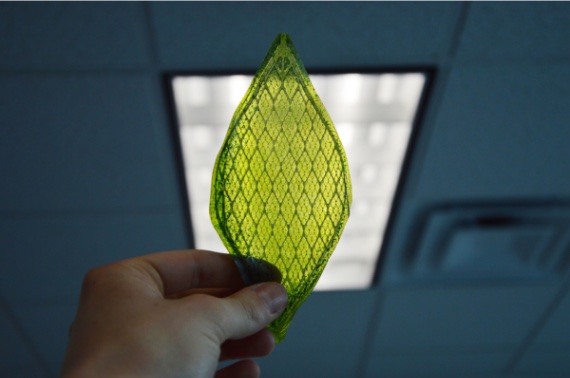
In terms of these innovations, it is worth noting that many of them are based on the idea that it will be installations in our homes, rather than utility companies, that will store energy from renewable sources for use when there is no generation. This is a change of approach that will require the adaptation of installations and the implementation of intelligent energy management systems in an autonomous manner, in addition to the regulatory frameworks that will allow it. Achieving energy independence from distribution grids is still a distant goal, but many experts predict that the power plants of the future will be our own homes.
Comments on this publication